Vindonissa Legionary Trail
About Museum Aargau
Hauptmenü

The aqueduct of Vindonissa now supplies a water fountain, making it the oldest structure in Switzerland that still performs its original function.
Using innovative surveying technology, the legionaries were able to construct the aqueduct over a stretch of 2.4 kilometres with a gradient of just 4‰. The fresh water system supplied water for drinking, cooking and other domestic purposes for some 6,000 legionaries, auxiliary troops, horses and mules. It would not have been possible to live in the legionary camp without this fresh water supply.
The aqueduct is a technological masterpiece: groundwater was captured in an elaborately constructed, subterranean stone channel in Hausen and transported to Windisch. The legionaries used a special watertight mortar to ensure the water was not lost on the way. Once it had arrived in the camp, the fresh water was further distributed in pipes made of clay, lead and wood. Roman engineers applied highly precise surveying methods and ingenious construction techniques to create such facilities. Unknown in this area in pre-Roman times, the aqueduct is regarded as the Roman's most important civilisatory feat - along with their baths and infirmaries.
The water system continued to be used by Königsfelden Monastery in the Middle Ages. The story goes that during construction of the monastery, a monk was "shown by God where water could be found". A document dating back to 1363 provides evidence that the aqueduct was endowed to the monastery by Duke Rudolf IV of Austria. Up until 1897 it was the only supply of drinking water serving the population of Windisch, and even today it feeds the fountain in front of the main building of Königsfelden psychiatric clinic.
This roman site can be visited with museum admission.